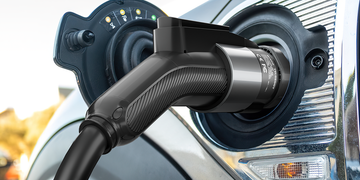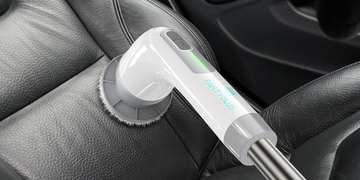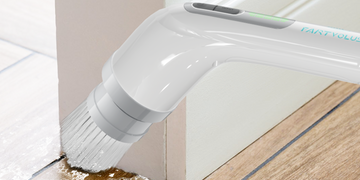Can You Charge a Tesla in the Rain? The good news is that charging your Tesla in the rain is entirely safe, thanks to the Tesla car's robust engineering and design. The EV charger involves high standards of insulation and protection, ensuring that drivers can confidently charge their Tesla vehicle regardless of the severe weather outside.
Electric vehicles, particularly Tesla's lineup, have become increasingly popular in recent years due to their environmentally friendly nature and cutting-edge technology. However, potential owners and enthusiasts often have questions about the practical aspects of owning an electric car, including whether it's safe to charge a Tesla in the rain. In this article, we'll explore the safety features of Tesla vehicles and provide guidelines for charging in wet conditions.
Tesla's Weather-Resistant Design:
Tesla cars are engineered with a focus on safety and functionality in various weather conditions, and this includes rain. The charging ports and connectors on Tesla vehicles are designed to be weather-sealed, providing protection against water ingress. This feature ensures that the charging process remains safe and reliable even when it's raining.
Water Resistance:
The weather-resistant design of Tesla vehicles extends beyond the exterior components. The electric drivetrain, battery pack, and other critical components are sealed to prevent water from entering and causing damage. This means that, in addition to being able to charge in the rain, Tesla cars are generally robust and can withstand exposure to various weather elements.
Charging Equipment Safety:
While Tesla vehicles are designed to be rain-resistant, it's important to consider the safety of the charging equipment. The charging cable and connectors should be in good condition, free from any visible damage or wear. Using a dry and undamaged charging cable is crucial for maintaining the integrity of the charging process and ensuring user safety.
Practical Tips for Charging in the Rain:
Use a Dry Charging Cable: Before plugging in your Tesla, make sure the charging cable is dry. Wipe off any moisture or rainwater from the cable to prevent water from entering the connectors.
Check Charging Equipment: Regularly inspect the charging equipment for any signs of damage or wear. If you notice any issues, it's advisable to address them promptly to maintain the safety and reliability of the charging process.
Choose a Covered Charging Location: Whenever possible, park your Tesla in a covered or sheltered location when charging. This provides an additional layer of protection against the elements, including rain.

Are the Tesla adapters waterproof?
The Tesla Wall Connector is perfectly safe to use in the rain.
It stops transferring voltage when the system detects any moisture, avoiding the risk of electric shock.
You can install a Tesla wall connector outdoors without worrying about the electrical shock when it's raining.
Even if you don't have a garage, you can still fill up your battery at home without going to a covered charging station.
While it’s waterproof, you still need to protect your home charger from moisture or foreign objects that may affect its charging capabilities.
Always keep the port in its socket or hang the connector facing downward when you're not using it to prevent water from seeping through.
If home charging is your thing, you’re most likely using an extension cord. Water can seep into the connection point of the charger and the extension, so keep it covered from the rain.
Can You Charge a Tesla in the Rain? Charging a Tesla in the rain is generally safe due to the vehicle's weather-resistant design. Tesla's commitment to safety and innovation ensures that their electric cars can handle various environmental conditions, providing peace of mind to owners. However, it's essential to follow practical tips for safe charging, such as using a dry charging cable and regularly inspecting the equipment. By doing so, Tesla owners can enjoy the convenience of charging their vehicles in different weather conditions while prioritizing safety.





